In 2010, the K20 revolutionary base area, located in Khue My Ward, Ngu Hanh Son District, Da Nang, was recognised by the Ministry of Culture, Sports and Tourism as a national-level relic site.
During the resistance war against the US, the K20 revolutionary base included Da Phuoc (Cat hamlet) and Nuoc Man (Dong hamlet) (locally known as Da Man), along with a part of My Thi and Ba Da villages in District No.3, Da Nang.
In 1964, following the direction of the Party Committee, the Party Committee of District No.3 decided to build Da Man, My Thi and Ba Da, in which Da Man was the most important area, into a revolutionary base with codename K20.
Thanks to its important position in the two resistance wars against the French and the US invaders, K20 was one of the places where the strong revolutionary movements took place.
The people of the K20 revolutionary base not only directly participated in the resistance wars, but also built a system of secret tunnels which were used for the storage of weapons and food, as well as hiding revolutionary cadres.
At present, some places still exist and are ranked as national-level historical relics such as Mr. Huynh Trung's house, Mrs. Nhieu's temple, Huynh clan's church, and Mrs. Nguyen Thi Hai's house.
Today, the K20 revolutionary base is one of the ‘red addresses’ to help the young generation remember and understand the merits and heroic fighting spirit, solidarity and creativity of the army and people of Ngu Hanh Son District, and Da Nang as a whole.
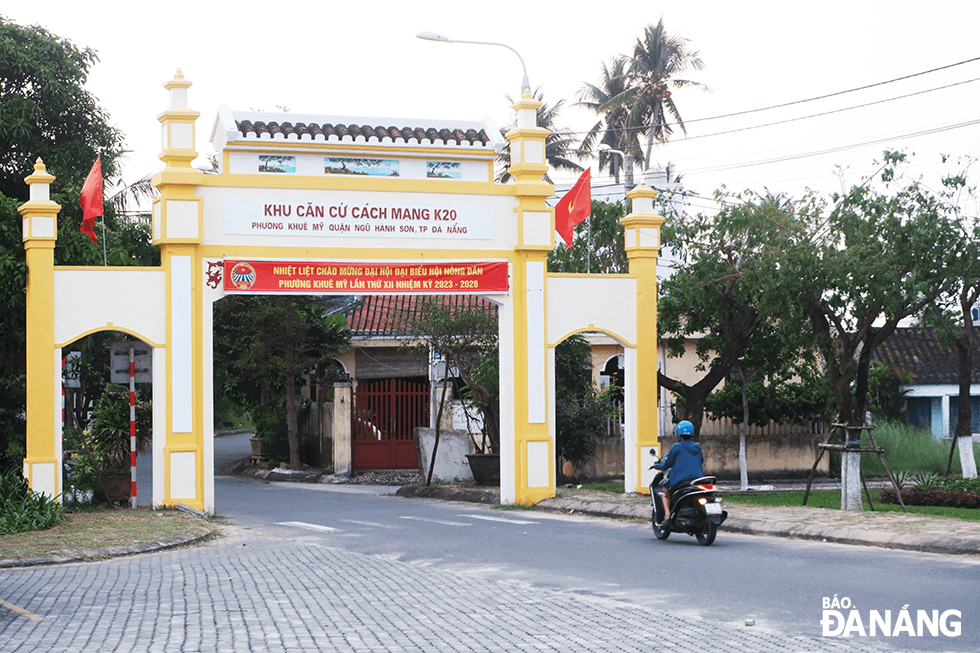 |
| The K20 revolutionary base area is invested and upgraded by the Da Nang government, but it still retains the quiet beauty of a countryside in the heart of the city. |
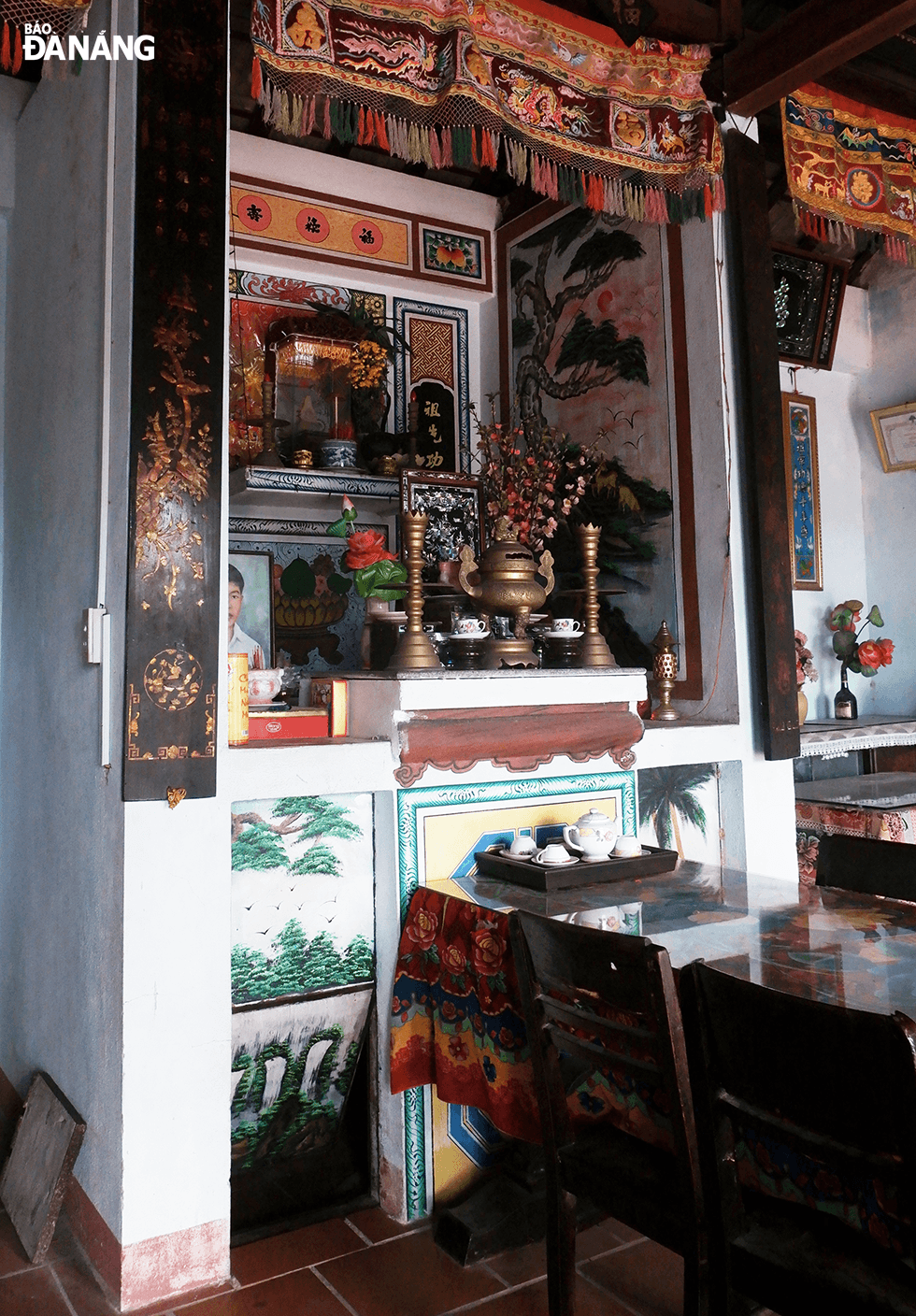 |
| In early February 1968, Mr. Nam Thong (also known as Nguyen Huu Ny) - Secretary of the Party Committee of District No.3 came to Mr. Huynh Trung's family to discuss the digging of a secret tunnel. After that, a secret tunnel was created under the ancestral altar. Mr. Nam Thong and Mr. Huynh Trung were responsible for digging the tunnel. |
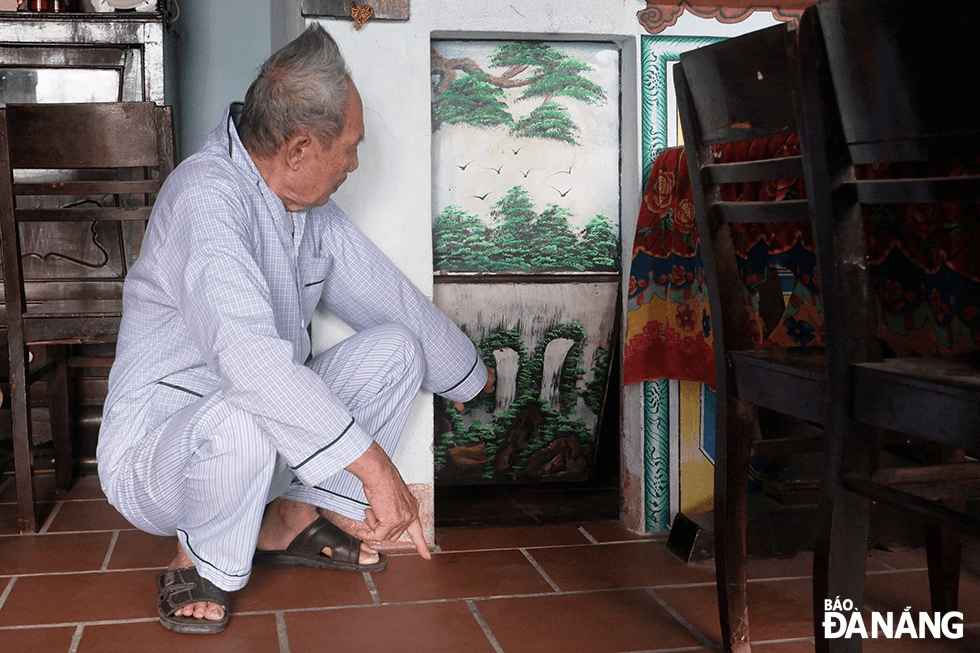 |
| Mr. Huynh Trung guided the way to the secret tunnel that hided many revolutionary cadres. |
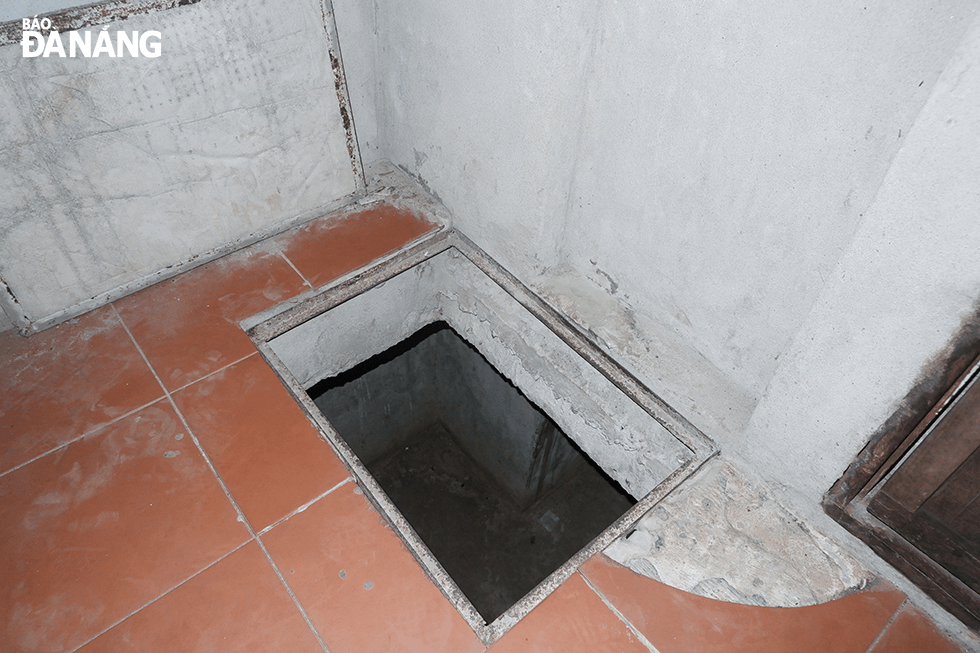 |
| The entrance to the tunnel is about 60cm long and about 40cm wide, just enough for one person. |
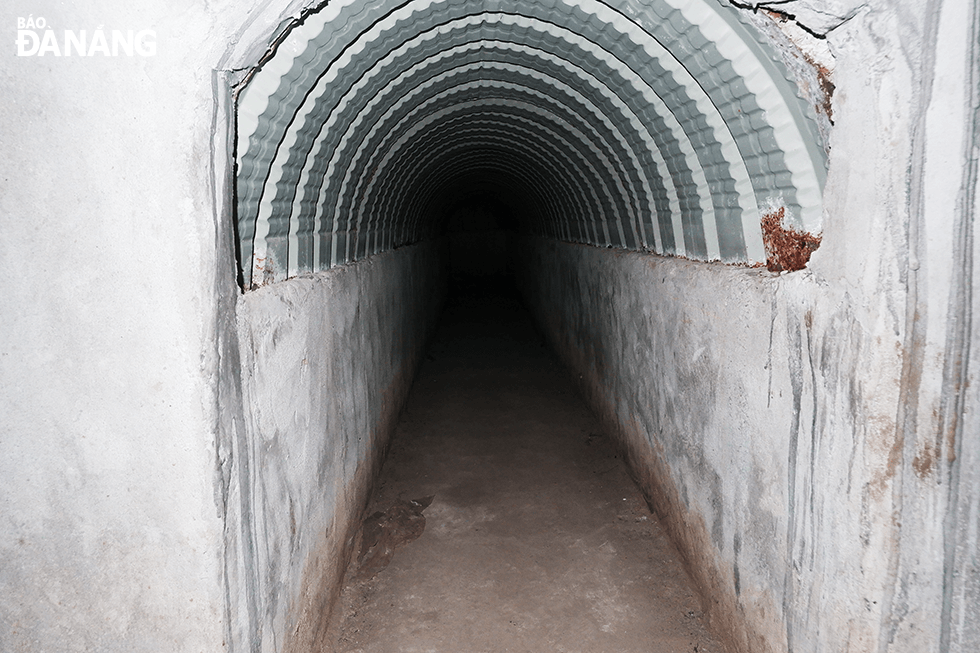 |
| Between 1969 and 1975, the tunnel at Mr. Trung's family became a secret shelter for many leaders of the Party Committee of District No.3 such as Bay Chanh, Phan Ngoc Hoi, Dang Van Kha and Sau Trung. |
| |
The iron plate used to disguise the entrance to the secret tunnel in the past is still kept by Mr. Trung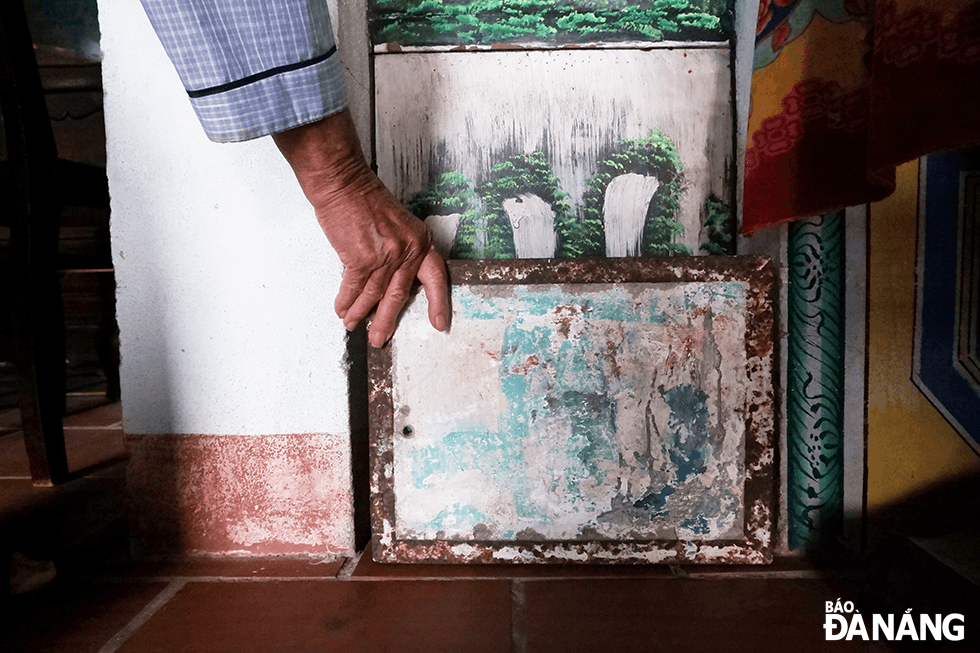 |
 |
| Mrs. Nhieu's Temple, a national-level historical relic, has 6 secret tunnels built from late 1962 to 1968 under the church floor, the corner of the front yard, behind the garden, under the remaining altars and in the kitchen. |
 |
| Mr. Nguyen Thong (the custodian of Mrs.Nhieu's Temple) instructs visitors to a secret tunnel in front of courtyard, disguised as an ordinary step. |
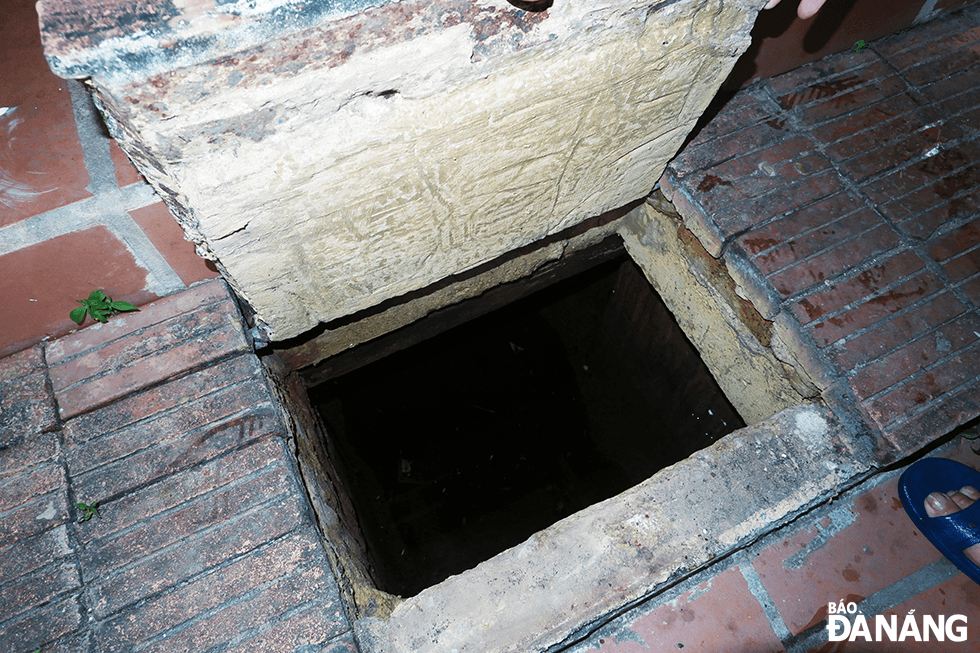 |
| With the largest number of secret tunnels, from 1963 to March 29, 1975, Mrs.Nhieu's Temple was one of the most important places in the K20 revolutionary base. |
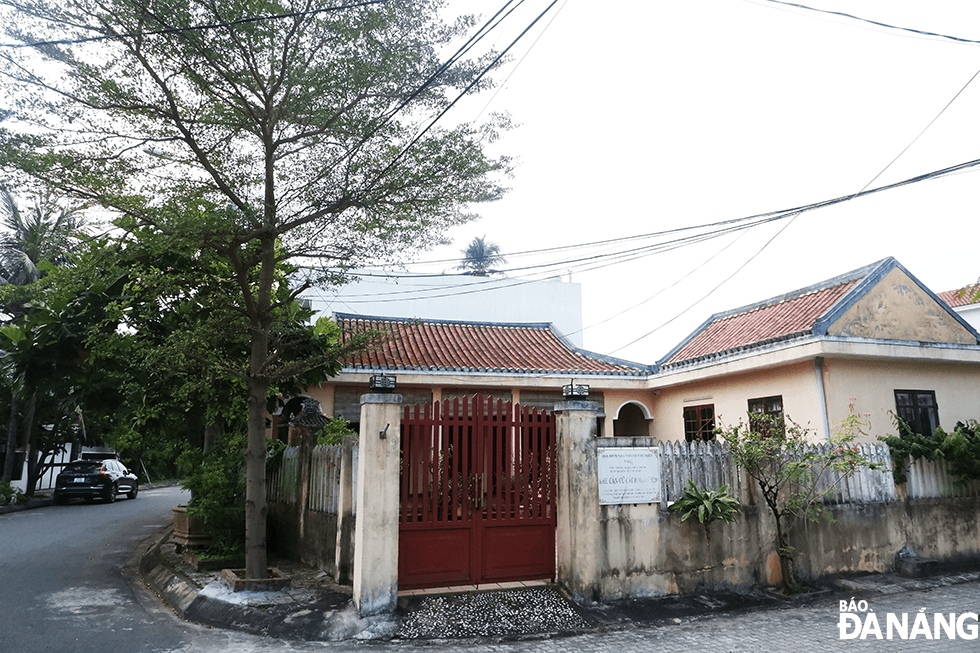 |
| During the anti-French resistance war, Huynh Mien's house (also known as Huynh Man) was a place for publicising political activities of grassroots revolutionary cadres and the local masses. |
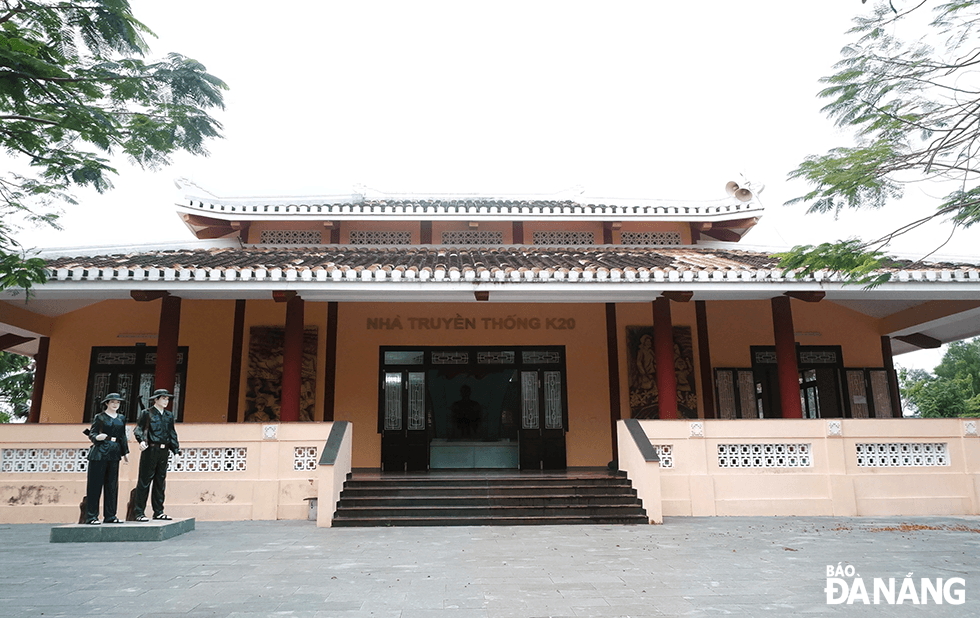 |
| The K20 traditional house has been built in the city. This place is one of the local 'red addresses' to educate the young generation about the merits and heroic fighting spirit, solidarity and creativity of the army and people of Ngu Hanh Son District in particular and Da Nang in general. |
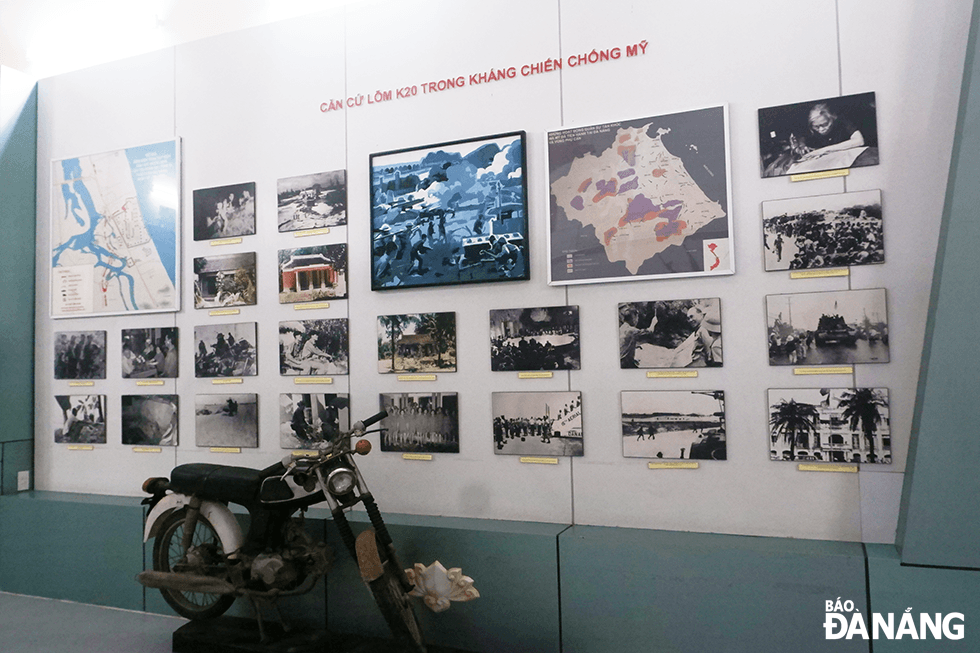 |
| The K20 traditional house is currently storing a number of artifacts, documents and evidence of tenacious and indomitable struggle of the army and people of the K20 Revolutionary Base Area. |
Reporting by THU DUYEN - Translating by M.DUNG
.














